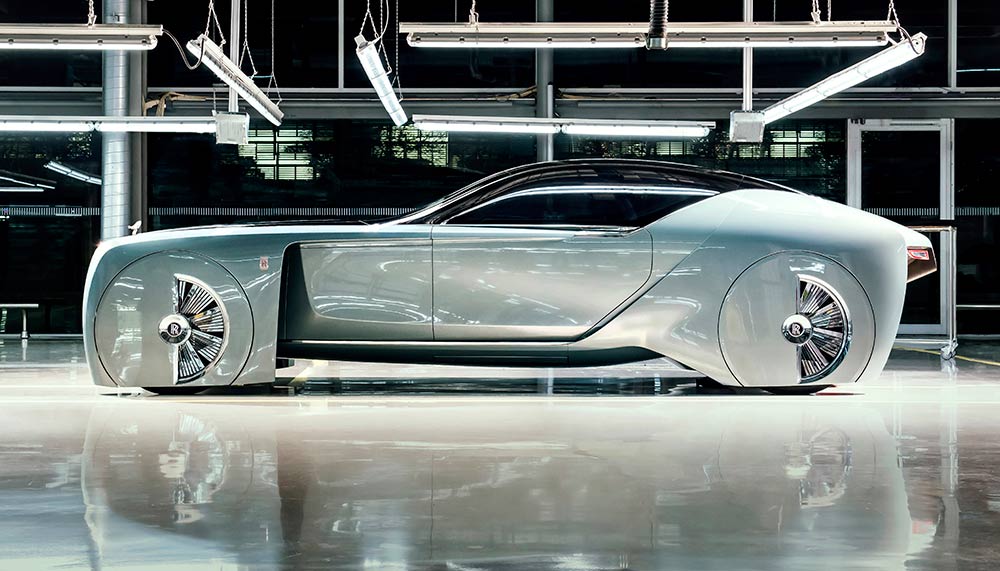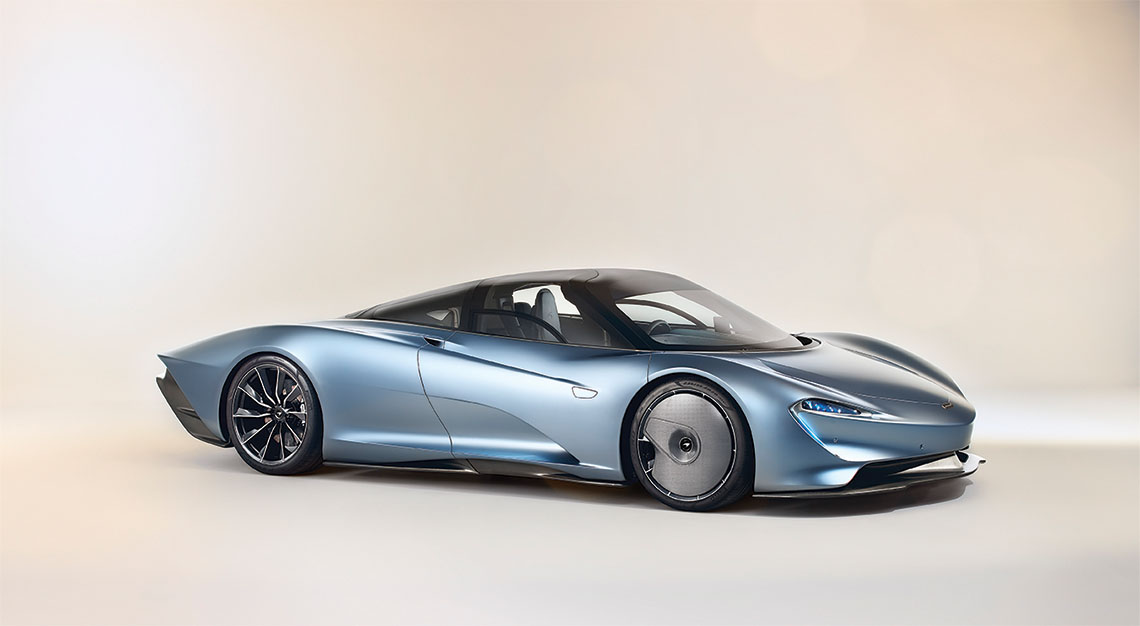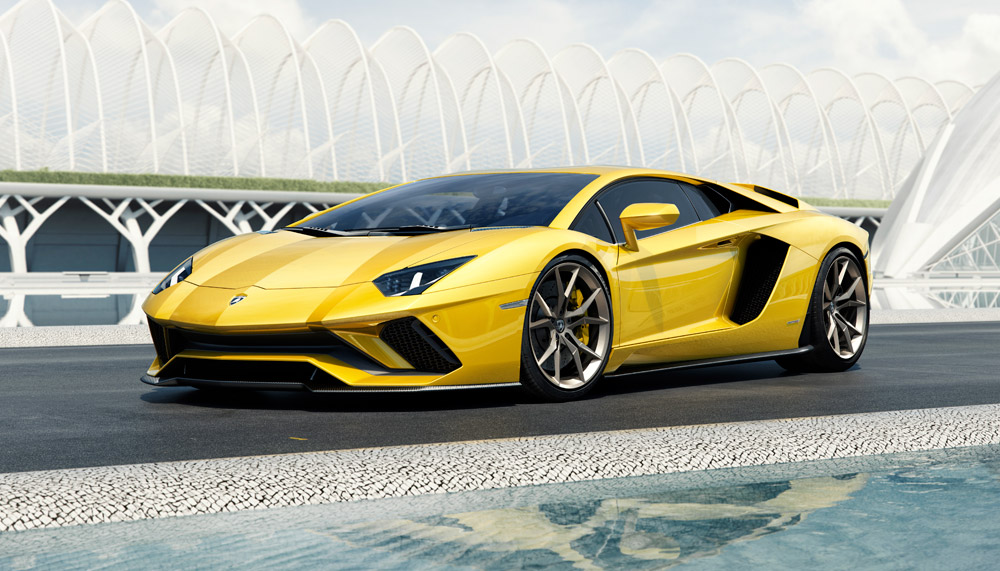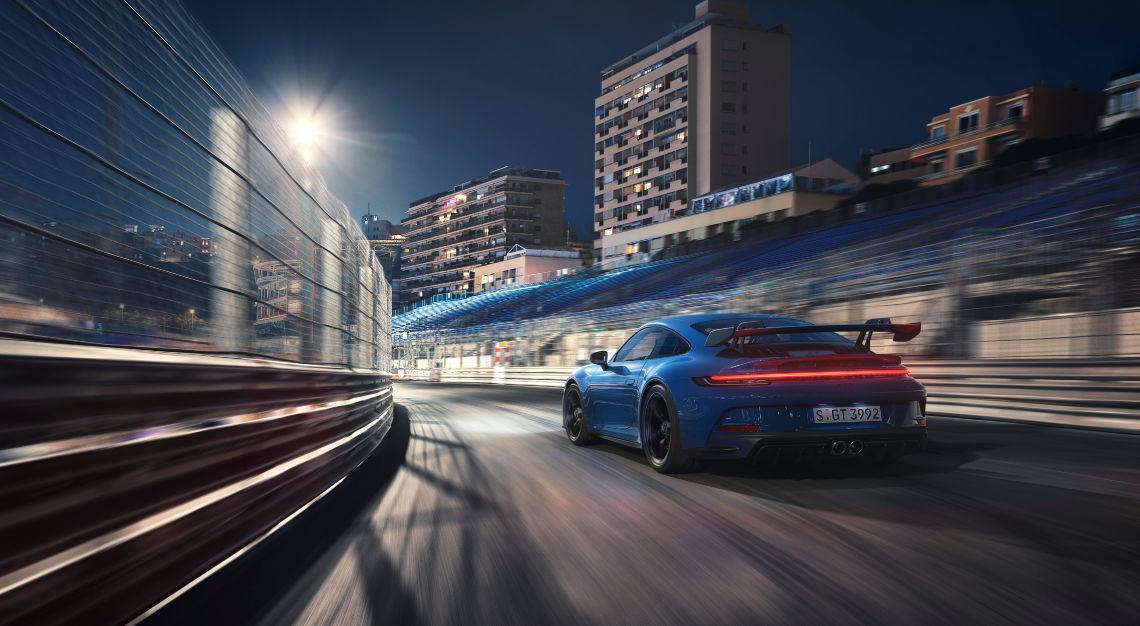The Internet of (Moving) Things
“Our company’s position is you can’t build a truly autonomous car without vehicle-to-X technology,” declares Ravi Puvvala, CEO of Savari.
But just what is Savari and who is Ravi Puvvala? Savari builds vehicle-to-X solutions, the technology that allows vehicles and transport infrastructure (for example, traffic lights) to talk to each other. Or to put it simply, the building blocks of a driverless future.
And Puvvala would know a fair bit about interconnectivity. He’s spent some two decades working in the telecommunications industry as an engineer designing communications networking equipment and later, Wi-Fi chipsets. “One of the biggest limitations is that current systems require a line of sight in that they only react when they see the potential threat. That’s why every carmaker we’ve spoken to wants a sensor that can handle hazards it can’t see.”
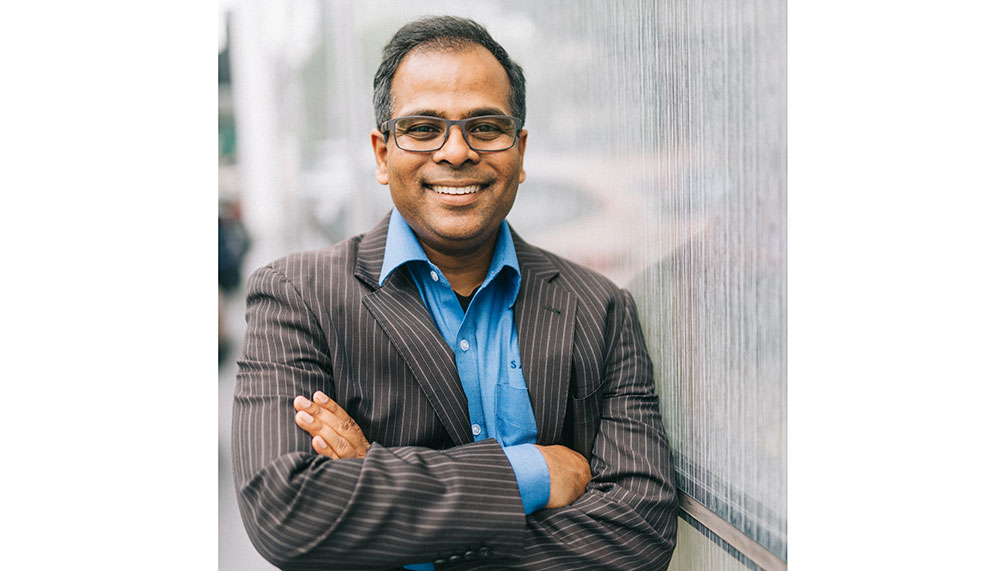
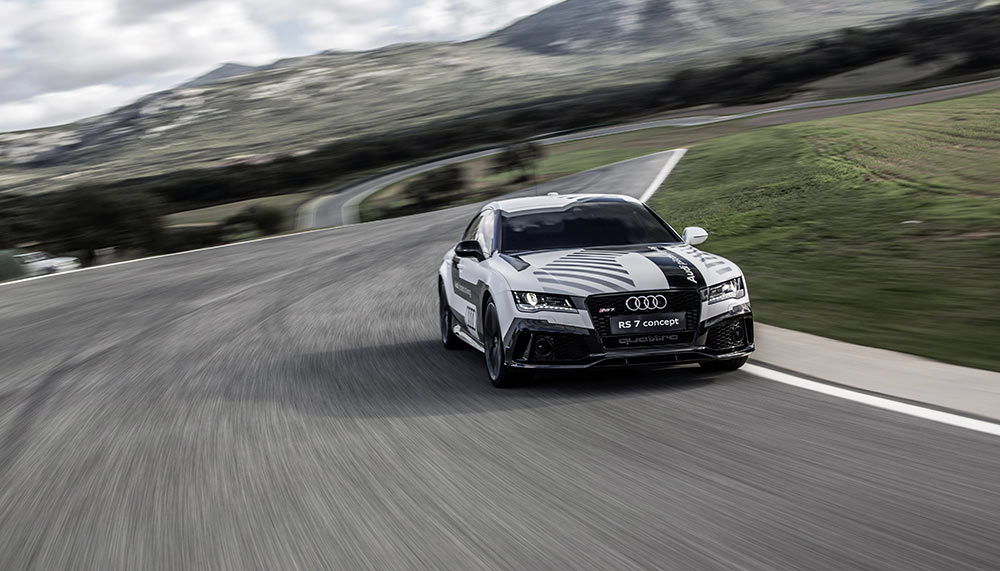
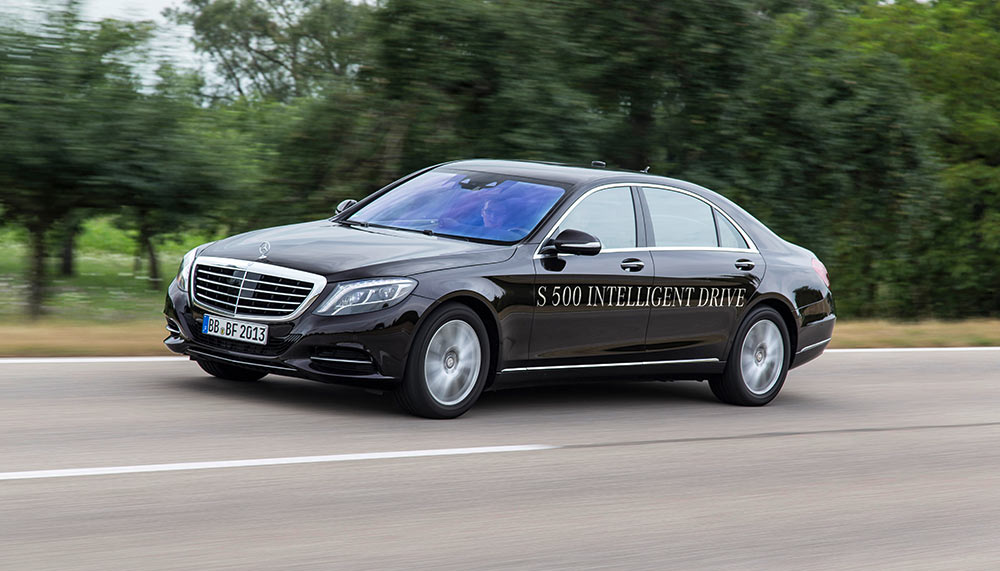
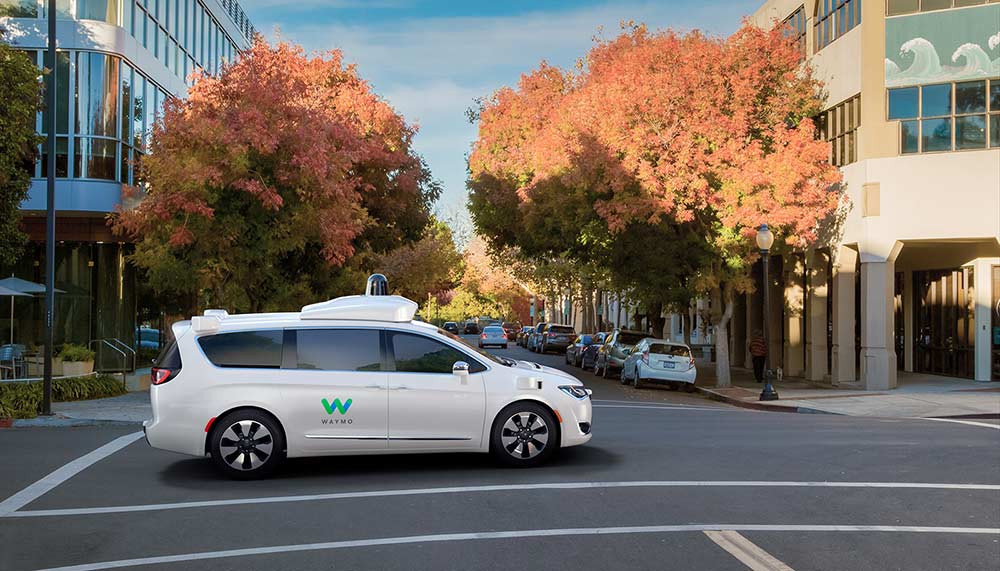
Driverless cars have had some high-profile successes in recent years, such as the driverless Audi RS7 that lapped the Hockenheimring circuit in two minutes 10 seconds. A Mercedes-Benz S-Class nicknamed Bertha (after Karl Benz’s wife) drove from Mannheim to Pforzheim on a symbolic 100km route first undertaken by Bertha Benz in 1888 to prove the then-newfangled petrol-powered automobile was suitable for “long-distance” journeys. And with Google’s driverless cars now ferrying passengers around the city of Phoenix, it might seem like autonomous cars are ready for the big time, what with other key autonomous driving technologies like stereoscopic cameras, radar and satellite navigation already deployed in cars today.
The biggest task, I put to Puvvala, would be convincing local governments to legalise as-yet (mostly) unproven technology that has to be standardised across a variety of very different countries.
This, he tells me, is already happening, perhaps made easier by Savari’s goal of “making the world accident-free” and how communications standards are “pretty harmonised” across the US, Europe and Asia.
Carmakers, too, are pretty harmonised when it comes to autonomous driving standards.
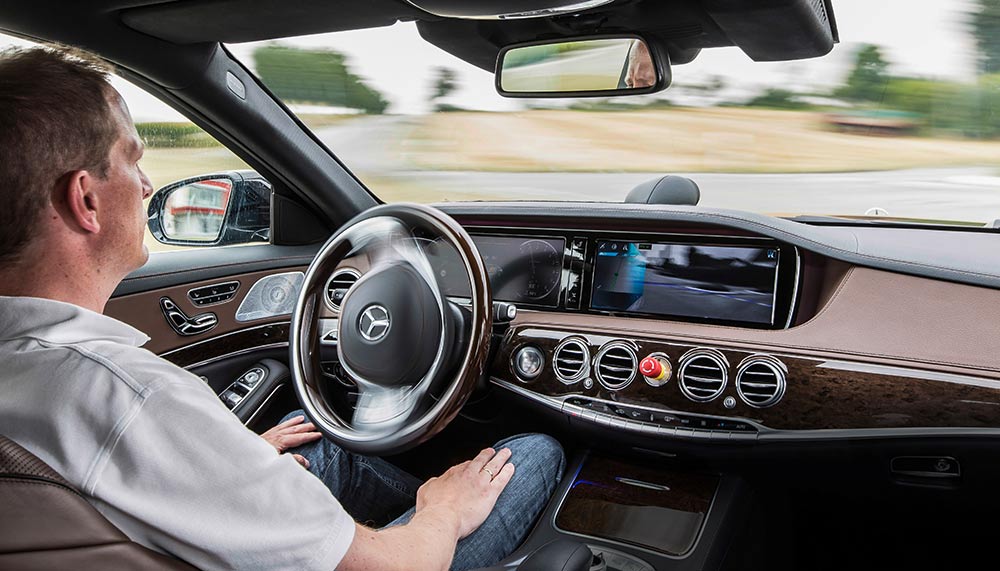
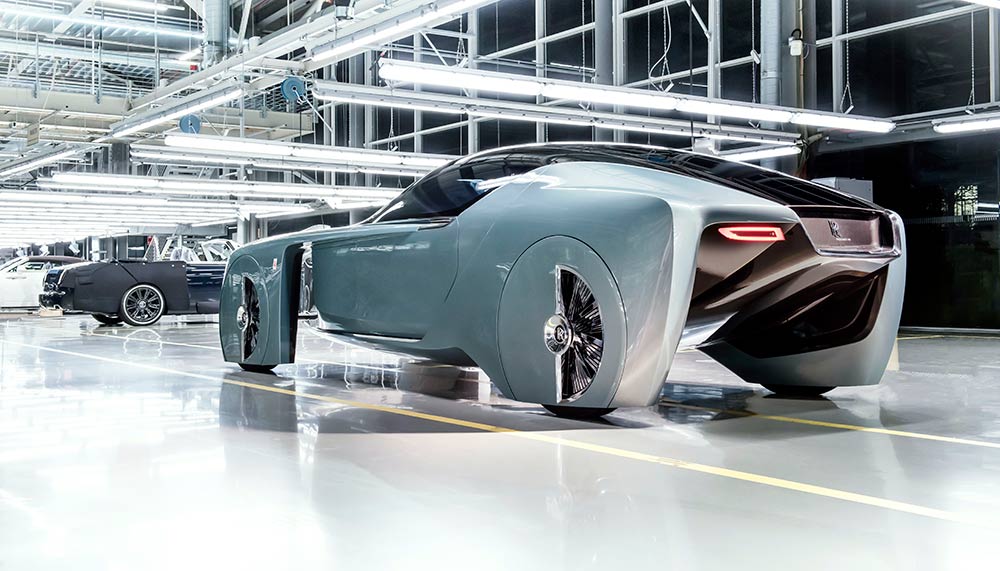
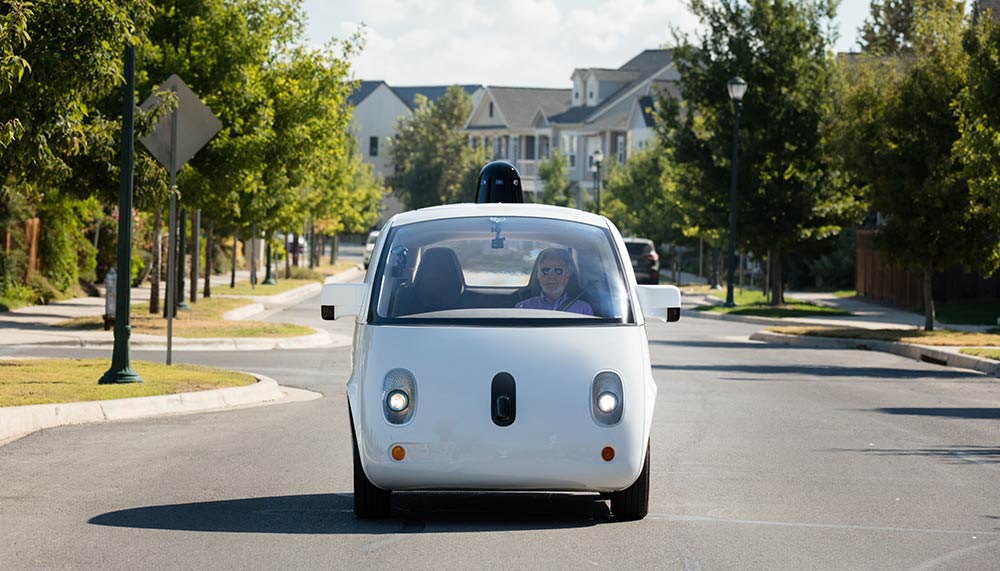
Puvvala says there are more than 30 carmakers globally in a consortium working together now, a reason why it took so long to get started. However, Puvvala is optimistic there won’t be any roadblocks in the future, stating he doesn’t see any problems with future compatibility among different car brands.
The real challenge, he says, is convincing the buying public. “The challenge is always the day-one scenario – how to convince consumers they need this feature and that they have to pay more for it,” says Puvvala.
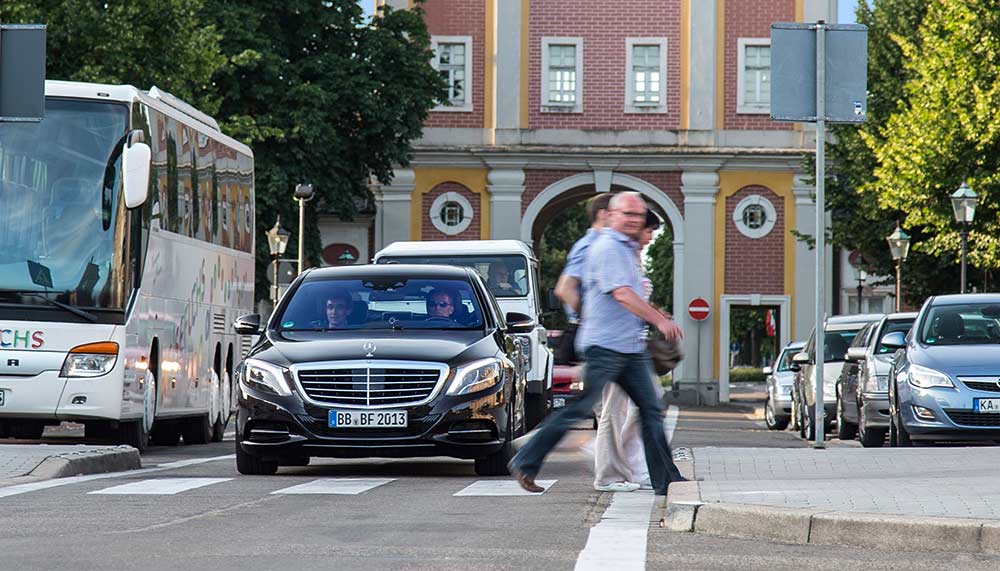
And pay more consumers will because even fairly rudimentary autonomous driving features, such as a stop-and-go function for adaptive cruise control, are pretty expensive options.
On the bright side, Puvvala says Savari’s vehicle-to-X technology is relatively inexpensive and easily integrated into existing cars and traffic infrastructure. “In a couple of years, you won’t be able to buy a car without vehicle-to-X features. That’s exactly when the transition will happen because it’ll become a standard enhancement on all cars.”
